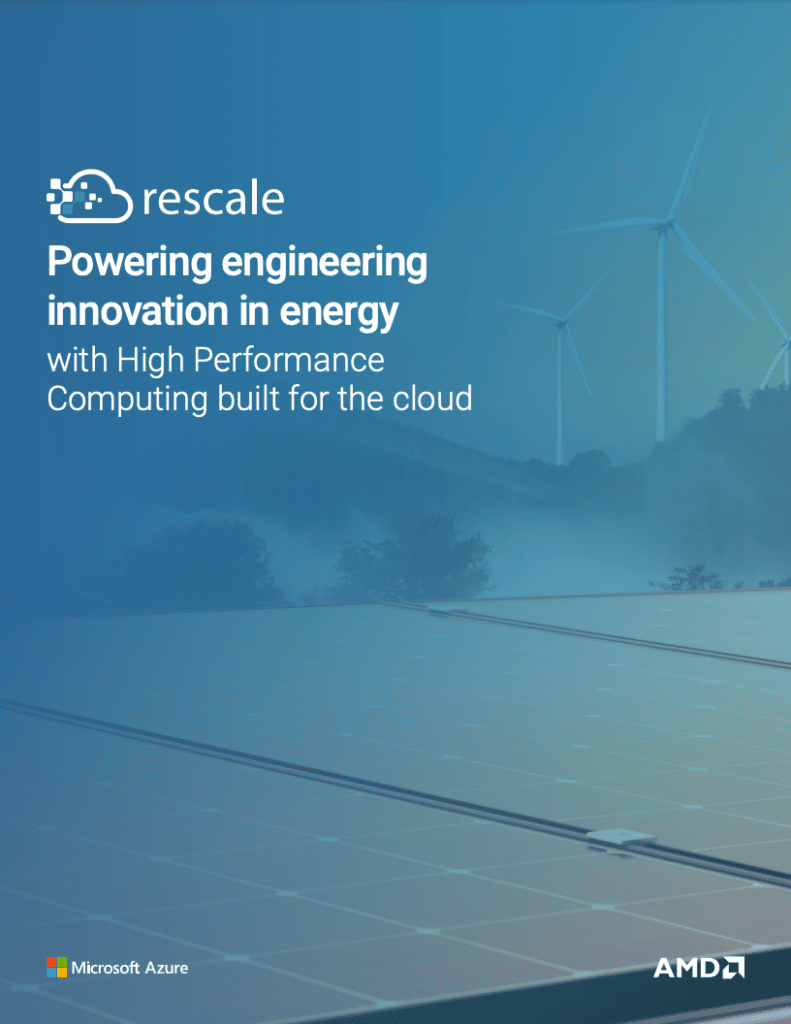Powering Engineering Innovation in Energy Azure/AMD

High Performance Computing (HPC)
The New Foundation for Computational Engineering
Currently, organizations within the energy industries are setting their sights on a more sustainable future, and looking to maximize the use of resources to enable meaningful transformation. Along the path of digitalization that these and other organizations must go down, increasingly complex challenges await IT and engineering teams. This includes growing datasets, cybersecurity threats, complex regulations, and processes associated with making new capital expenditures.
Where engineering, technology, and science converge across organizations in the energy sector, innovation is considered the gold standard. But an outside observer may not realize this at first glance, given the comparatively large share of attention that technology-driven innovation typically receives. In many ways, this makes sense. After all, connectivity-driven innovation features a faster monetization cycle (i.e., building a mobile app and delivering it to market), there are often fewer regulatory hurdles, manufacturing may be easier, investment from venture capital firms is in steady supply—all of which may lead to more media attention for breakthroughs, which in turn draws a greater share of human talent into the process.
Perhaps most important of all, the computing requirements necessary to facilitate the development of connectivity-driven innovations are readily available utilities in the public cloud, where upwards of 65% of workloads run, together with software. Engineering innovations within the energy sector, by comparison, demand a great deal more, from physical manufacturing challenges to the HPC problems that must be solved before innovation can take place.
Given the current prioritization of on-premises compute for managing the many challenges faced by the energy sector, engineers are often forced to wait in a queue for precious compute time in order to run key simulations. IT departments are tasked with ensuring that substantial CAPEX purchases make sense from a cost/benefit perspective, and that the technology meets user needs for simplicity and scale.
If these concerns aren’t addressed on-prem, then engineering teams are forced to “dumb down their model” in order to complete a design given the limited computing power available. The impact here is significant. Project costs explode and time to market is delayed, leaving IT departments struggling to support engineering team needs. Engineering teams are met with delays because demand outstrips availability, leading to frustration and an inability to innovate on any level.
Today, a built-for-the-cloud approach to high performance computing offers the solution to each of these pressing challenges—a platform that empowers engineering innovation in energy with ease.

